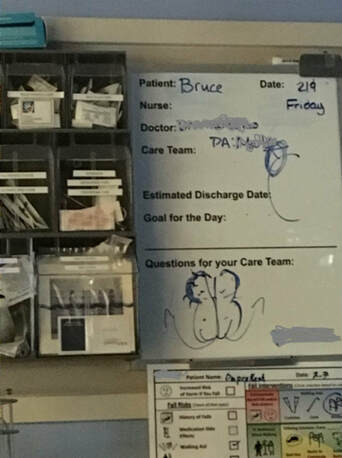Lean Enterprise Excellence and Alignment with Shingo Model
Because, to succeed on your journey to enterprise-wide excellence, organizations must have management systems in place that ALIGN work and behavior...
For more information about engaging GBMP for customized onsite Lean & Six Sigma training for your organization or to schedule a free Lean operational assessment please contact Jamie Millman at 617-710-7033 or by email at Jmillman@gbmp.org
For inquiries about our public Lean training workshops or annual conference, please call Lela at 617-969-1396 ext. 2
For questions about our Lean training games, videos, books, Leanflix, or our self-paced learning modules, call Tracy at 617-527-0268

Because, to succeed on your journey to enterprise-wide excellence, organizations must have management systems in place that ALIGN work and behavior...
4 min read
In the context of the Toyota Production System, True North has a very concrete and specific meaning, an ideal that transcends any particular...
The start of a new year is the PERFECT time to develop your idea system, identify metrics of success and encourage participation.